Do you know how to clean pennies? What liquids can clean a penny? Use household liquids to explore oxidation with this penny cleaning chemistry experiment for kids and figure out the best way to clean a penny!
What’s better than a shiny, new penny? Not much for a 5-year old! My Kindergartner thinks that pennies are amazing and I love her for it!
Unfortunately, we have a bunch of dull, old pennies hanging around that aren’t very pretty. We wanted to determine if there were liquids we had around the house that would remove the copper oxide on our pennies and reveal shiny, pretty pennies underneath!
We set out to explore more about oxidation and why our pennies were so dull and learn how to clean pennies!
I did this activity with my Kindergartner and my 5th grader and adapted it to their different learning levels. For younger learners, you can focus more on the difference between old and new pennies and identify the physical properties of each penny before and after the experiment.
For older learners, you can incorporate questions about acids and bases and discuss the pH scale and observe a chemical reaction. They should be able to explain how to clean pennies after completing the activity.
This post contains affiliate links. As an Amazon Associate, Our Family Code earns from qualifying purchases. Please see our Disclosure Policy for more details.
Why STEAM Activities?
STEAM is the abbreviation for Science, Technology, Engineering, Art, and Math.
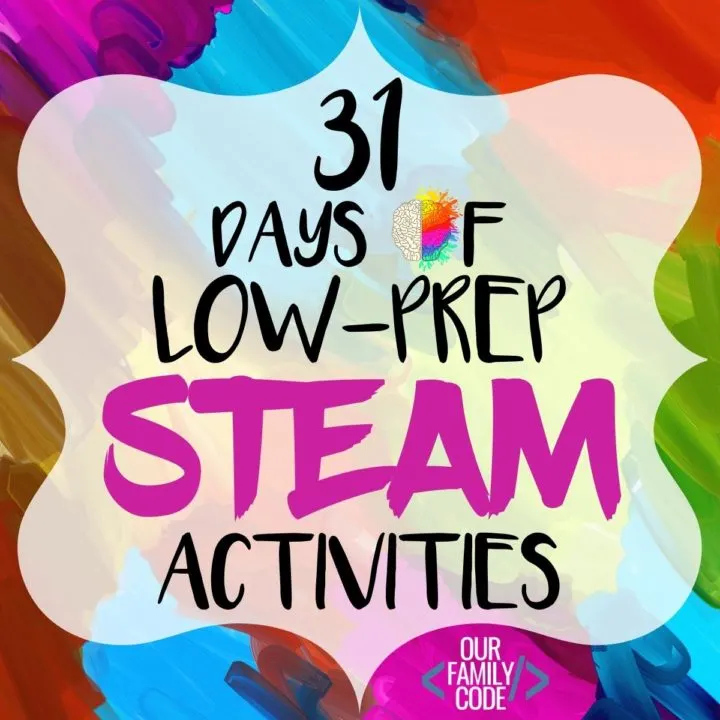
STEAM, like STEM, is an integrated approach to learning that encourages learners to make connections between the concepts they are learning and how they apply them to real-world problems.
STEAM helps students ask questions, problem solve, think creatively, and produce innovative solutions. Many schools have adopted STEAM learning activities into their curriculum, but it’s never too early to start building critical thinking skills.
We love to learn through play at our house and have a blast doing activities for toddlers all the way to tweens!
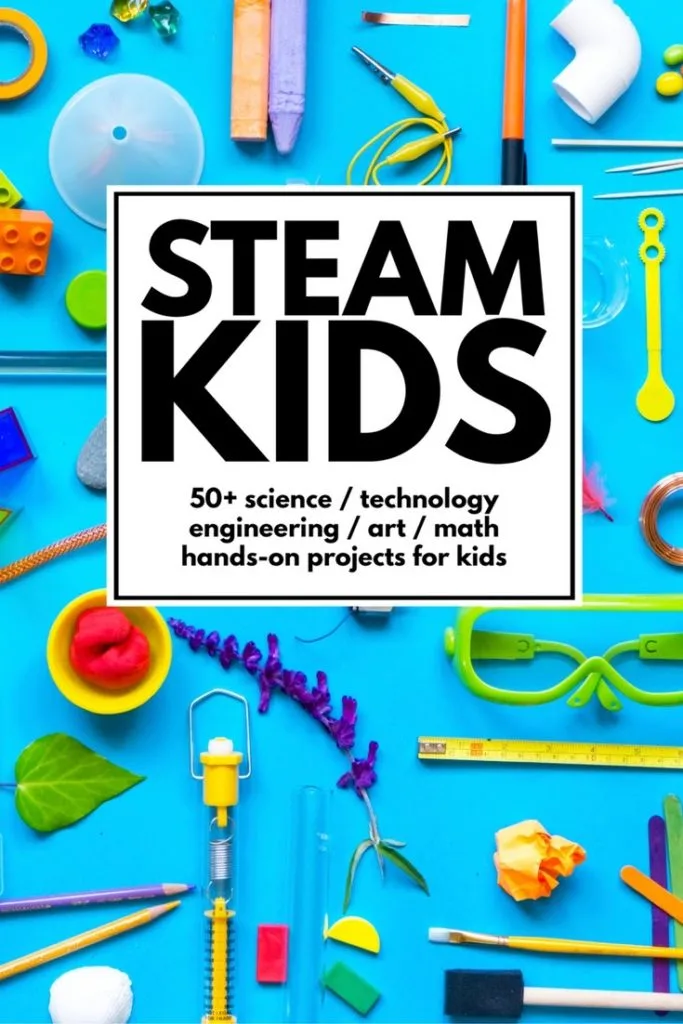
Looking for some more hands-on activities that incorporate Science, Technology, Engineering, Art, and Math (STEAM)? Then you have to check out STEAM Kids!
This book features more than 50 hands-on activities that are organized into easy to implement categories, so you know exactly what concepts your kids are learning!
Grab your copy from Amazon today or get instant access to this great book by purchasing a downloadable PDF!
You might also enjoy: Ogre Slime: Oozing Slime Sensory Fun!
Key Penny Cleaning Chemistry Terms
Physical Properties are properties of a substance that can be observed through our senses like smelling, touching, or seeing. A chemical property is a property of a substance that is revealed by the way it interacts with other substances.
Physical Change is a change that alters the appearance of a substance that can be observed by our senses. A chemical reaction is a change in the molecular structure of a substance.
Oxidation is a chemical reaction that occurs when oxygen interacts with other substances. In pennies, copper and oxygen react to form copper oxides, which leaves a dull coating on pennies. This is also the chemical reaction that gave us the green color of the Statue of Liberty.
An acid is a solution that has a higher amount of hydrogen ions than water. Vinegar is an acid. A base is a solution that has a lower amount of hydrogen ions than water. Baking soda is an example of a base. When a solution is neutral, it has a concentration of hydrogen ions equal to water.
Penny Cleaning Chemistry Experiment Supplies
- 1 Shiny, Pretty Penny
- 6 Old Pennies
- Vinegar
- Soda
- Ketchup
- Lemon juice
- Water
- Paper towels
- Spoon
- Timer
How to Clean Pennies Chemistry Experiment
Compare an older penny with a newer penny. Discuss the physical properties of each (for example, the newer penny is shiny). Write down your observations.
Label your cups to match the liquids that you will be using. We used water, lemon juice, soda (Pepsi), ketchup, and vinegar.
Next, hypothesize what substance might be the most effective and why?
Place a penny in each of your liquids. Set your control penny aside. You’ll use this to compare physical change. Make sure that your pennies are covered.
Set a timer for 10 minutes. During that time, discuss oxidation and chemical reactions. Name some chemical reactions that happen every day.
After 10 minutes has passed, remove your pennies one by one. Wipe each penny well with a paper towel.
Discuss the physical change for each of the pennies? What substance worked best? Is your hypothesis valid? Why or why not?
Connect this Penny Chemistry Experiment with other STEAM Buckets
Check out this STEAM extensions!
Science
This activity is primarily science related. In this chemistry STEAM activity, we discussed chemical reactions, made a hypothesis, conducted experiment, and recorded observations.
Technology
Take before and after pictures of your pennies for each liquid. Use the pictures to compare physical changes for each penny. Make a short presentation about your pennies and the physical changes you observed.
Engineering
Try a different way of doing this experiment like using eye droppers to put the liquid on one side of the penny and letting it sit there. What method works best?
Art
Draw pictures to show the oxidation of your pennies and the physical change after your experiment.
Math
Use a measuring cup to measure out each liquid. Do the experiment again and use different amounts for each.
Looking for more chemistry activities? Check these out!
31 Days of Low-Prep STEAM Activities for Kids
This activity is part of our 31 Days of Low-Prep STEAM Activities for Kids. Every activity focuses on each of the buckets of STEAM (Science, Technology, Engineering, Art, & Math) although these integrated projects fit in more than one bucket.
You and your kiddos are going to love all of the activities that we have in store! Visit the 31 Days of Low-Prep STEAM Activity hub and pin it, so you can come back and visit it daily!
PIN THIS IMAGE TO SHARE THIS LOW-PREP STEAM ACTIVITY!
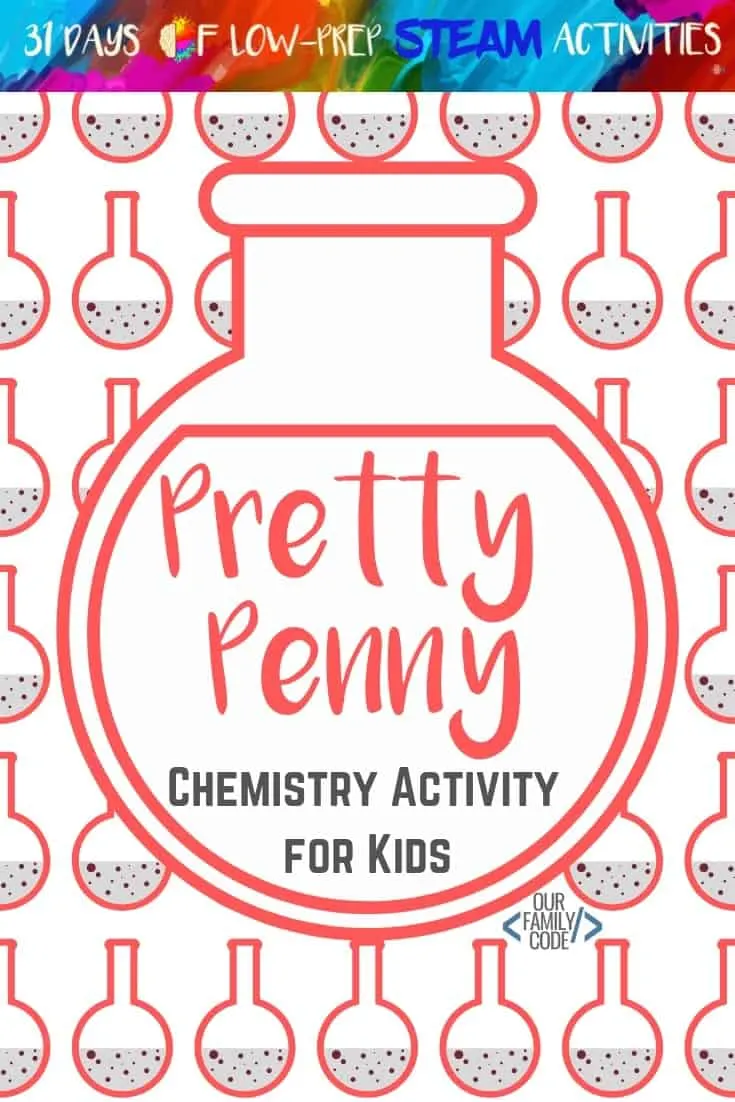
Food Science Activities
Find more activities that use food to explore Science, Technology, Engineering, Art, and Math!
STEAM Food Activities for Kids
You and your kids are going to love these STEAM food activities for kids! Kids loves to bake, which is why is makes sense to take their baking curiosity and explore food through hands-on science, technology, engineering, art, and math activities.
Learn the Science of Mummification with Apple Mummies
Learn about mummification by making apple mummies with the Ancient Egypt science experiment and explore the Magic Tree House Mummies in the Morning book!
Pumpkin Balance Stack STEAM Challenge
This pumpkin balance activity is great for kids of all ages! Can you complete the Balancing Pumpkins STEAM Challenge? How many pumpkins can you stack?
Popcorn STEAM: Learn about Heat Transfer
This heat transfer popcorn STEAM activity explores conduction, convection, and radiation as well as physical change and ends with tasty popcorn!!
Exploding Pumpkin STEAM Challenge: 4 Explosive Pumpkin Activities
Take on the exploding pumpkin STEAM challenge with 4 different ways to explode a pumpkin with chemical reactions and force! These activities are sure to inspire some fall STEAM fun!
Explore the 5 Senses with this Preschool Pumpkin Science Activity
This 5 senses preschool pumpkin science activity introduces scientific inquiry to young learners and helps get everyone excited about Fall!
Is Sour Candy Acidic? Candy pH Science Activity for Kids
In this yummy experiment, we are testing to see if sour candy is acidic with a simple acid-base reaction.
Dancing Cranberries Fall Preschool Science Experiment
Experiment with dancing cranberries with this super simple preschool science activity while observing concepts like floating and sinking.
Salt Water Density STEAM Experiment: Can a Carrot Float?
Investigate & observe the density of a carrot, salt water, and regular water. Watch the magic carrot in action in this easy salt water density activity for kids!
Meet Toni, the Maker Mom behind Our Family Code

Hey there, I’m Toni! I’m a software engineer and Maker Mom that finds my joy in unleashing my children’s curiosity by exploring STEAM concepts with my fantastic five!
When I’m not chasing toddlers or raising tweens, you can find me tearing things up and putting them back together over here at Our Family Code.
I am the owner and content creator of multiple educational websites designed to increase access to STEAM & STEM education with a focus on teaching computer science and coding to kids of all ages!
You can also find out more about me by visiting ToniGardner.com!
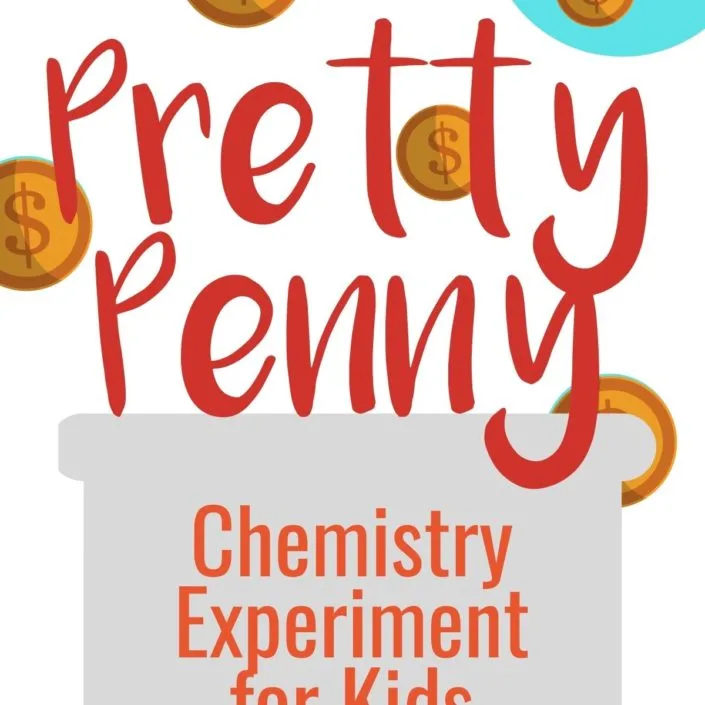
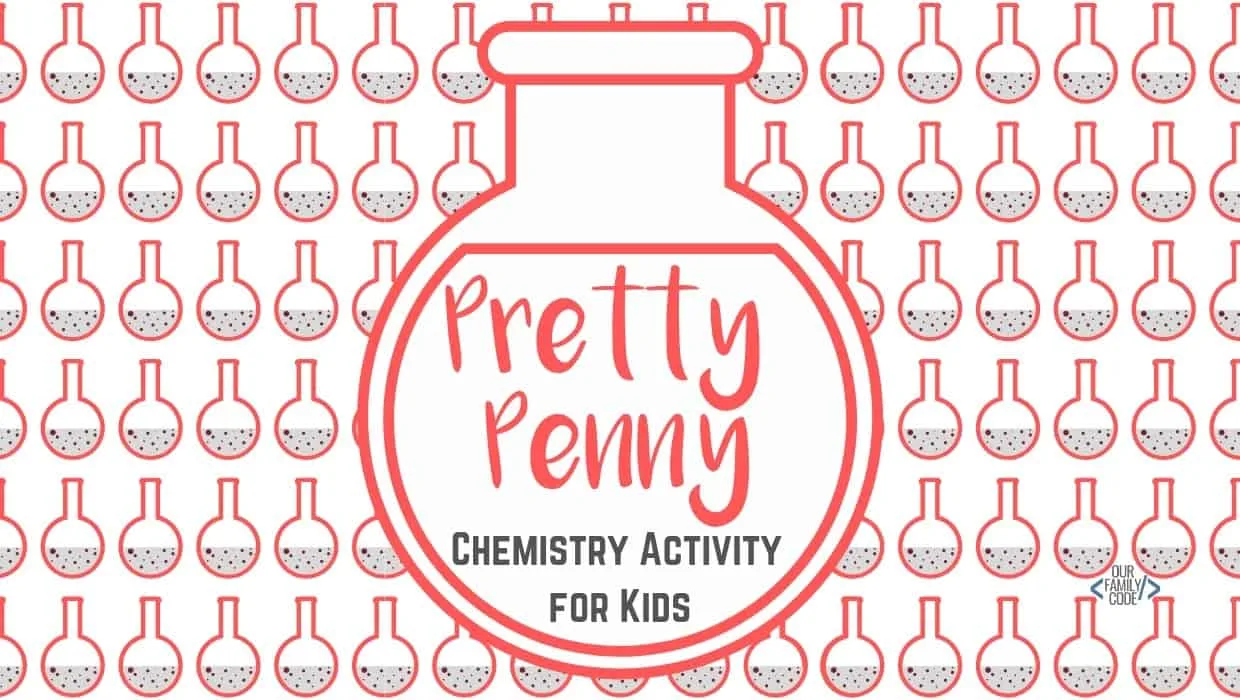
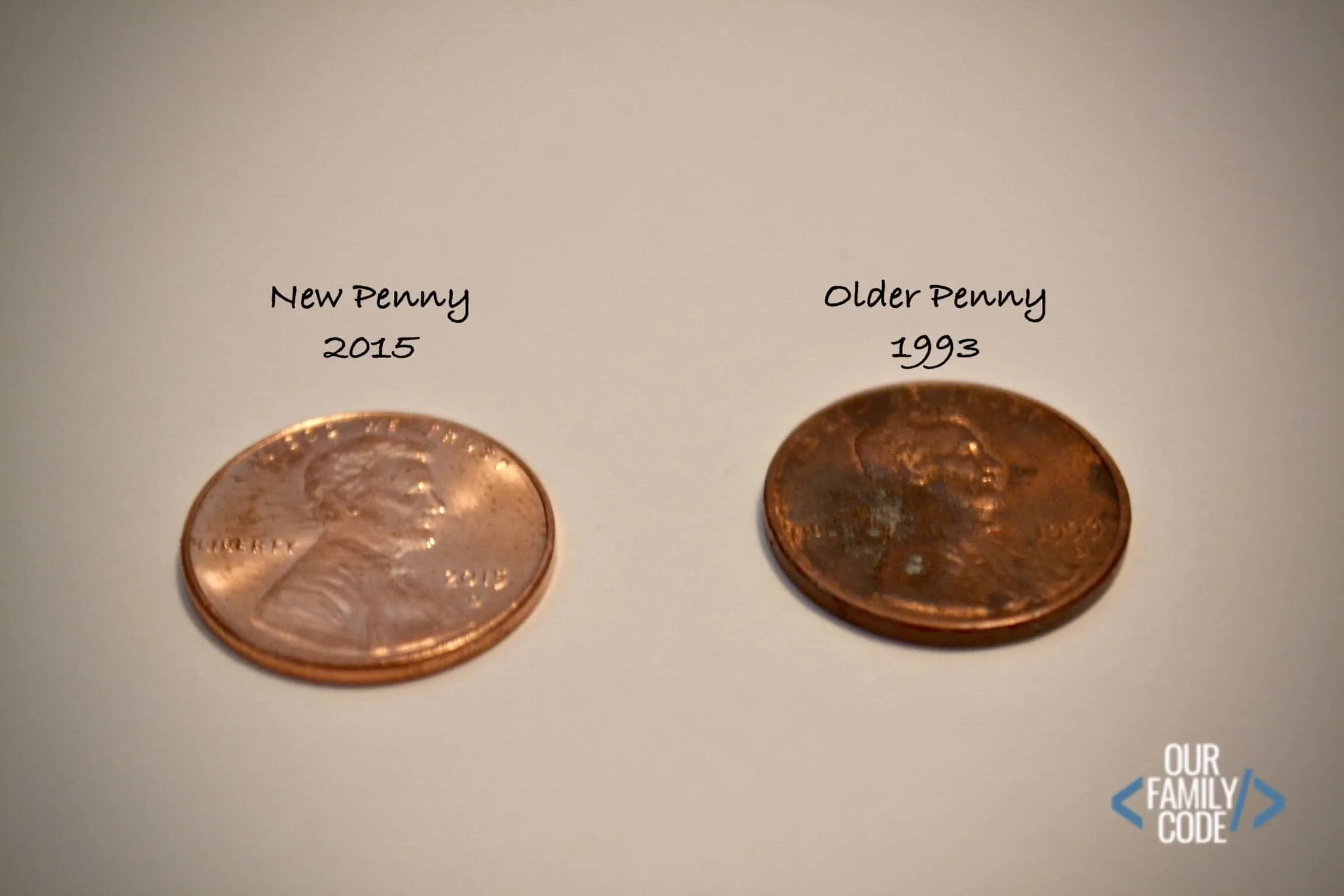
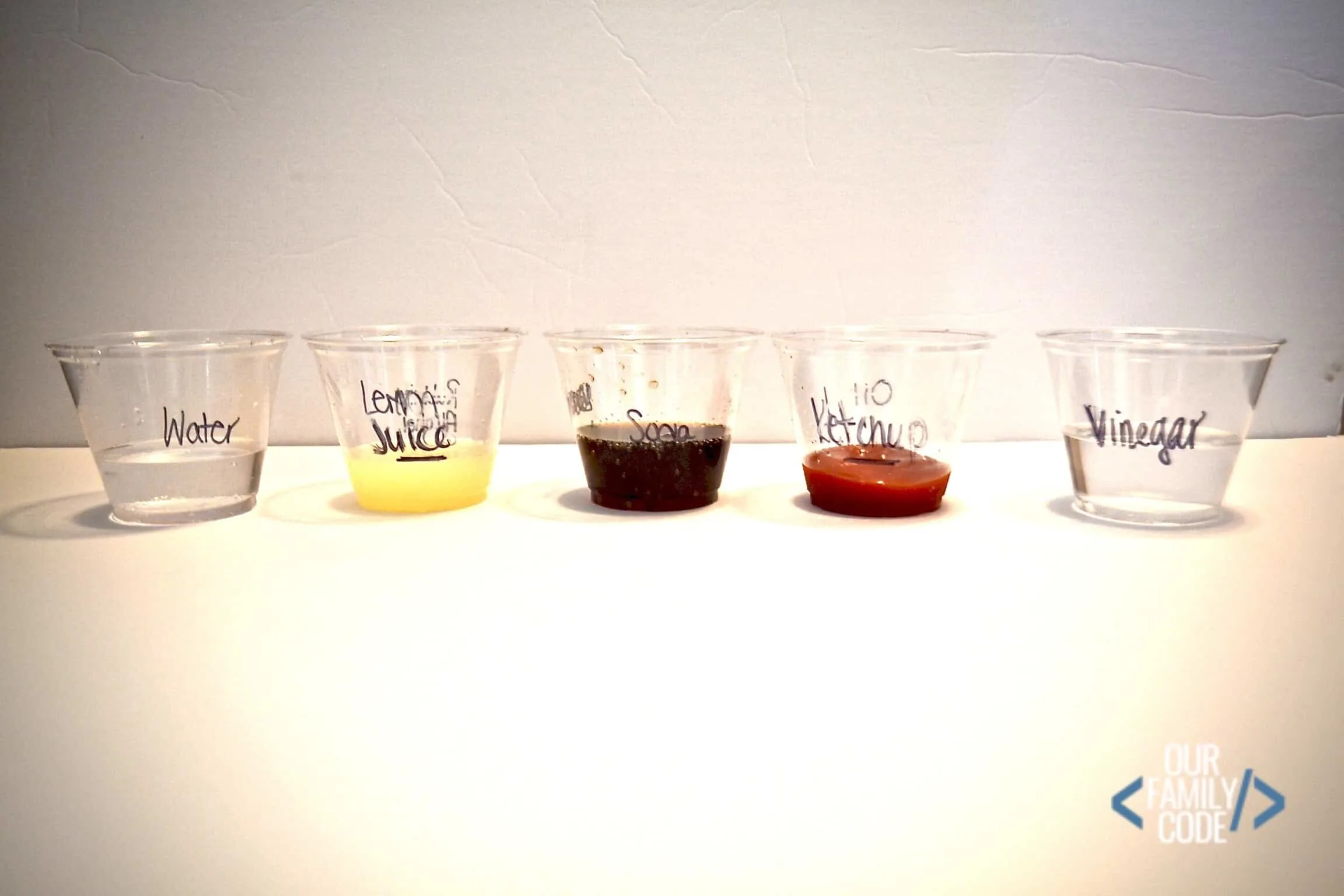
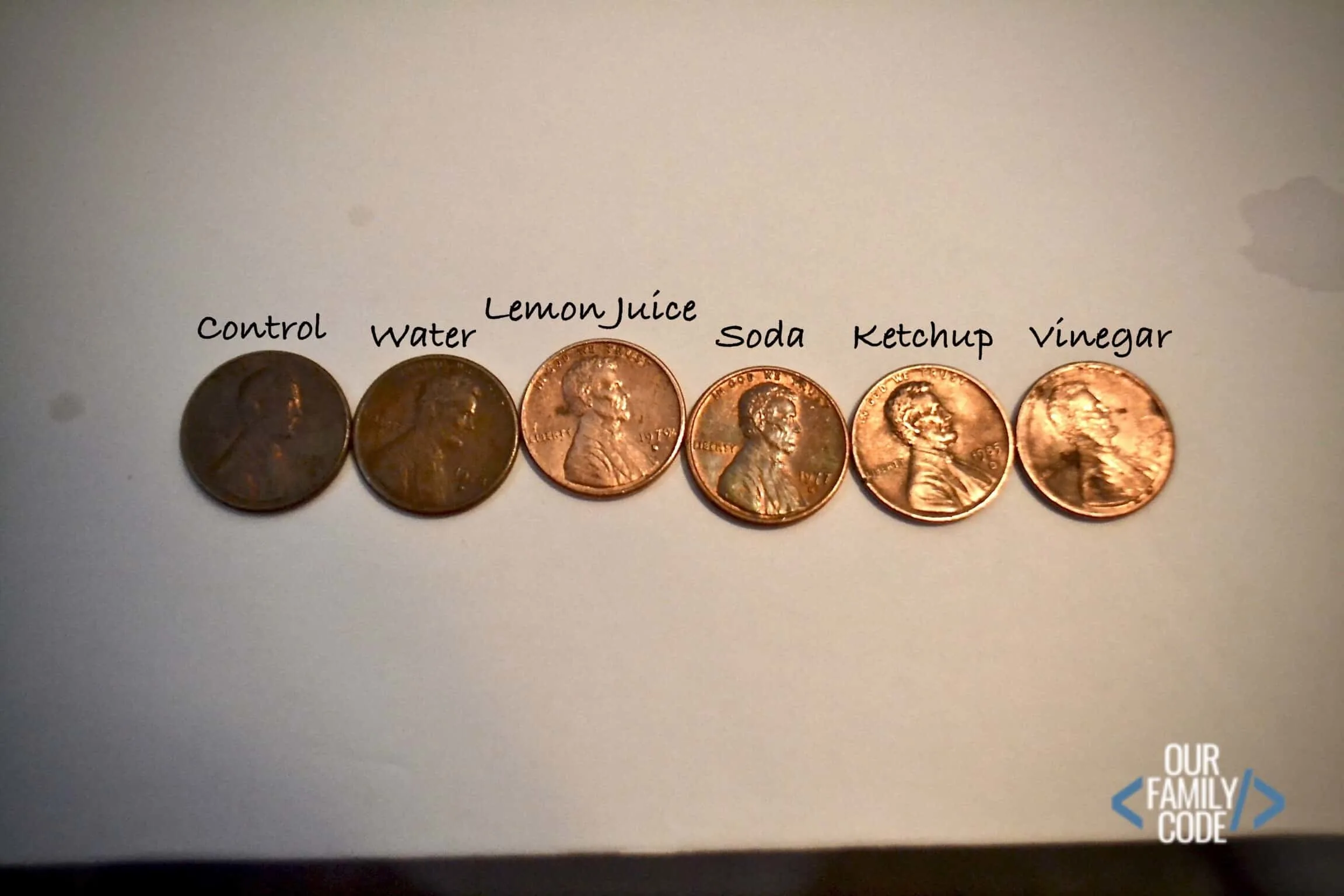
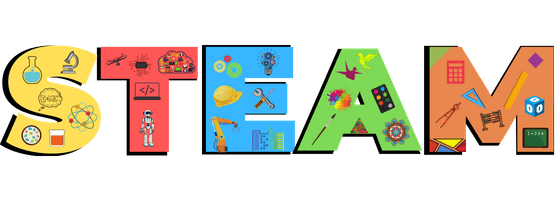

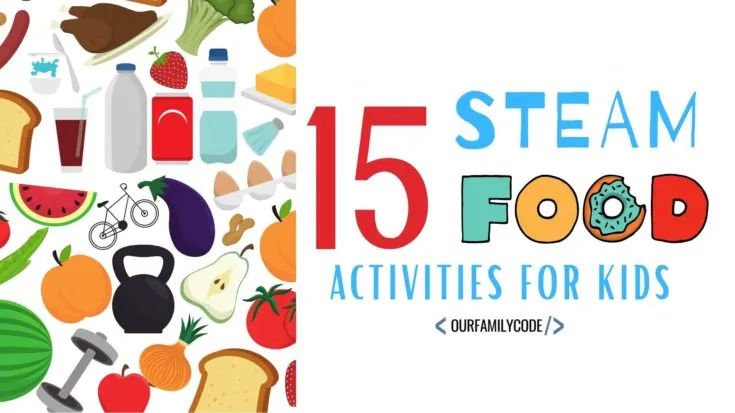
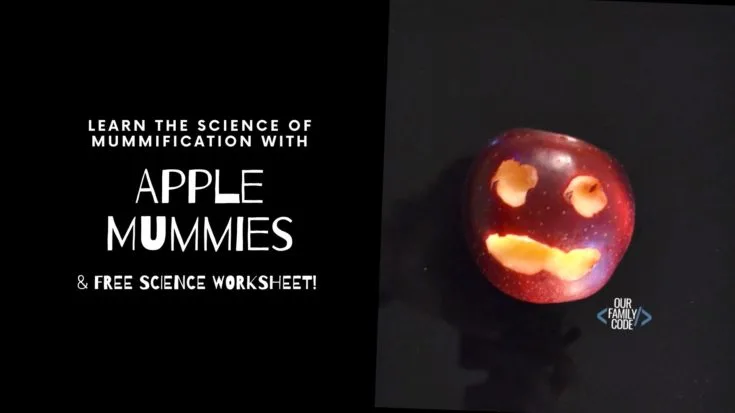
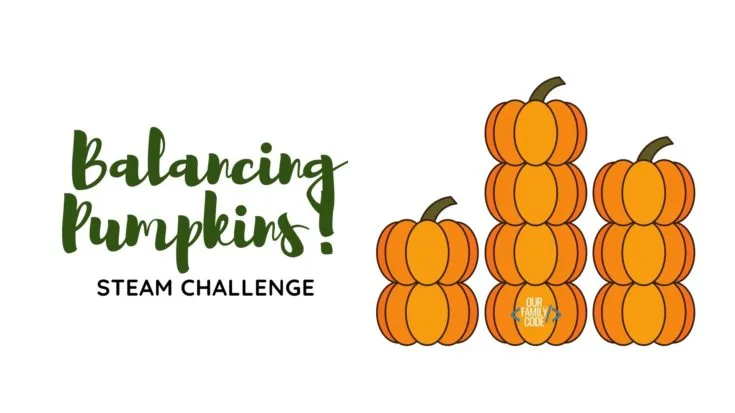
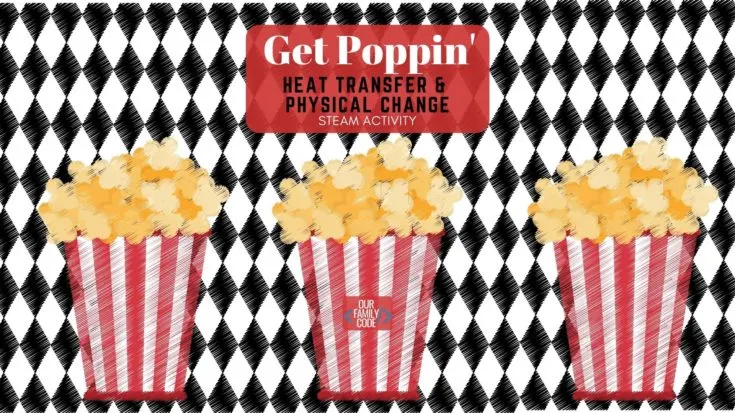
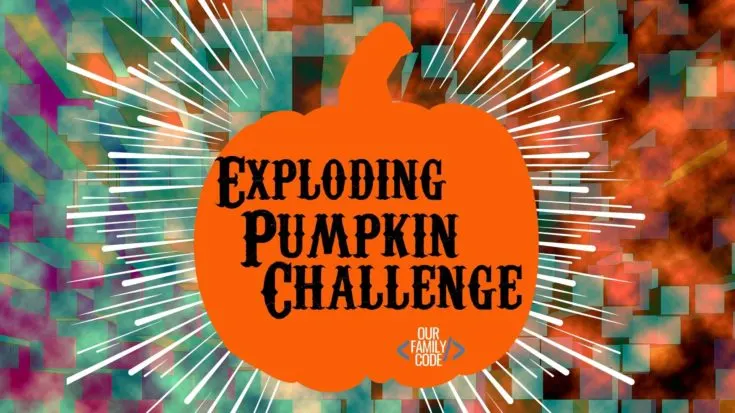
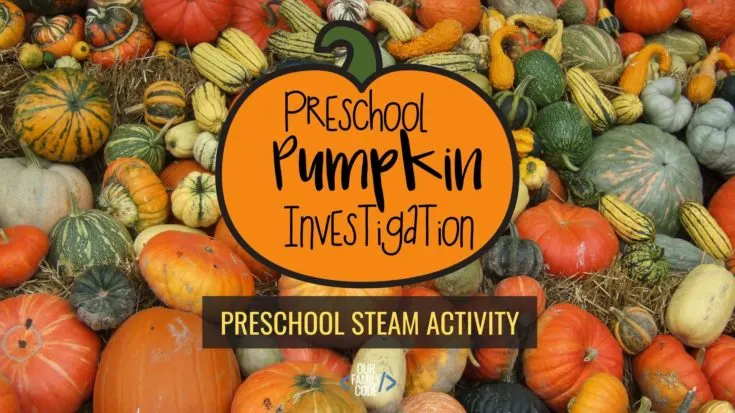
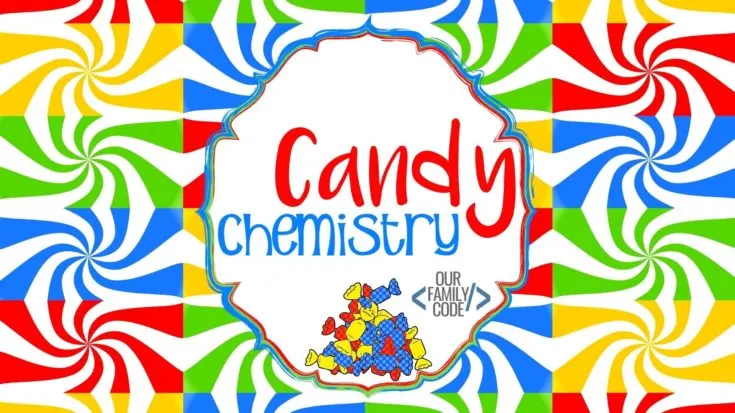
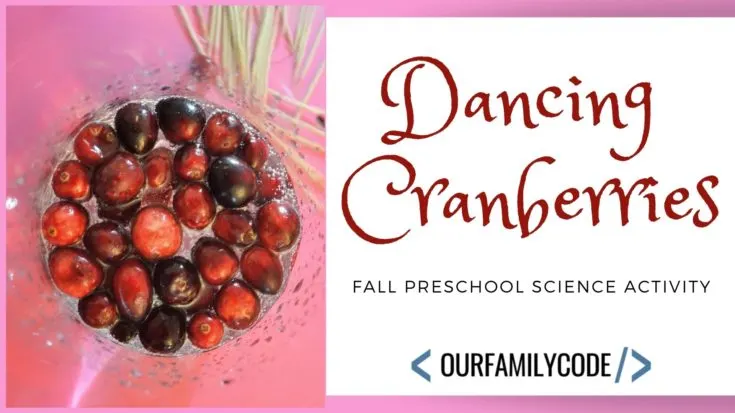
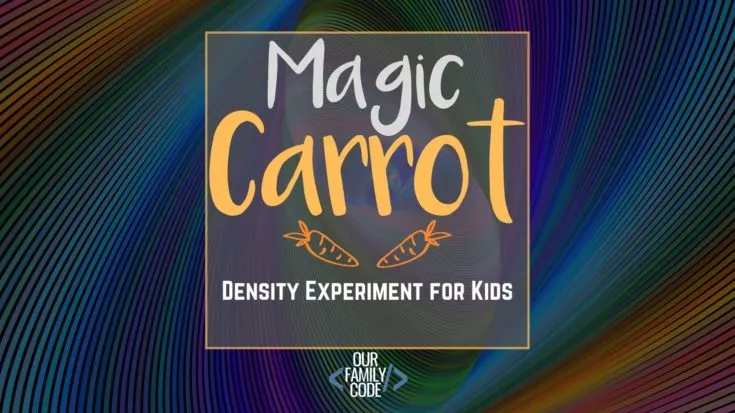
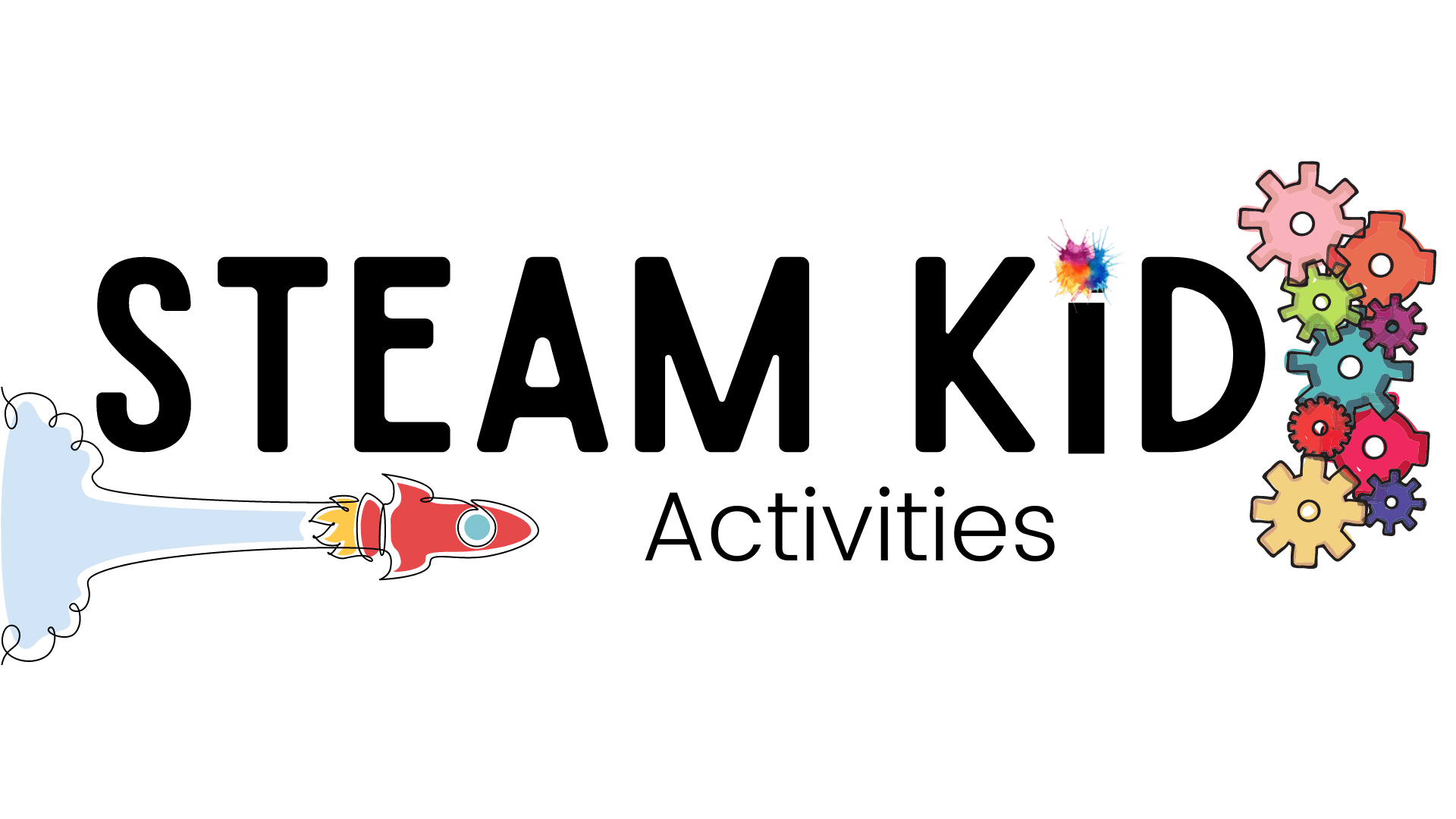

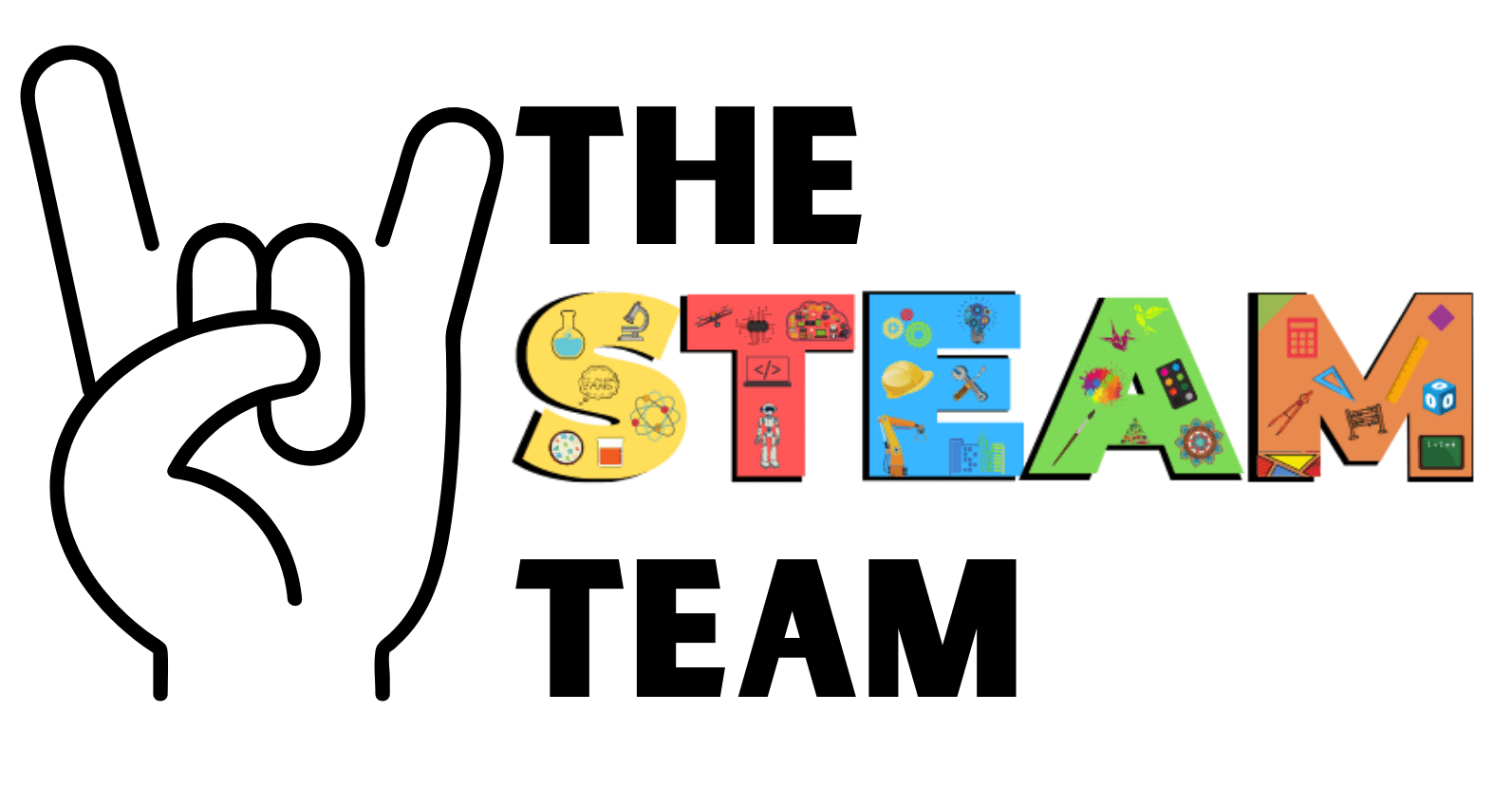
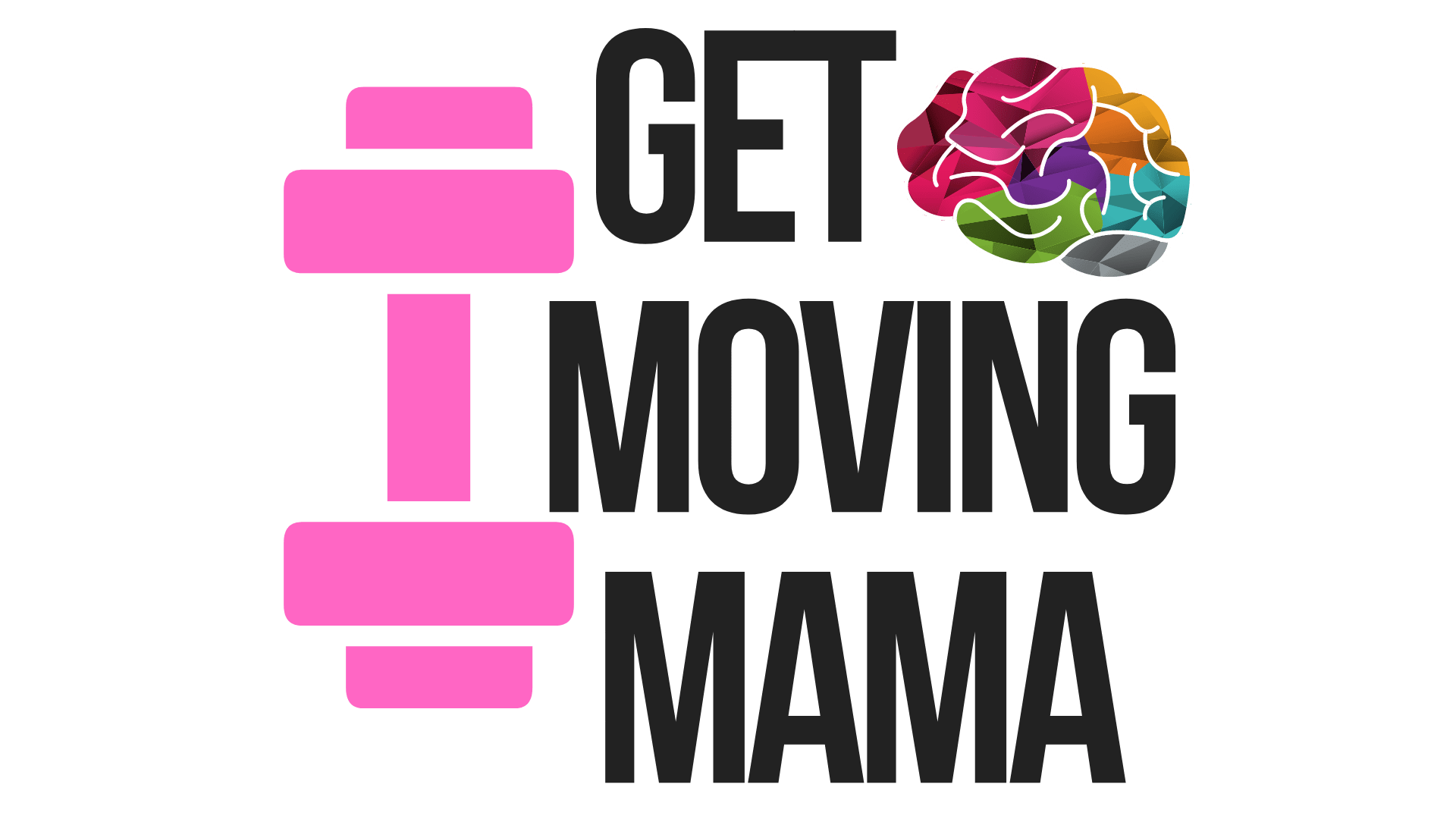
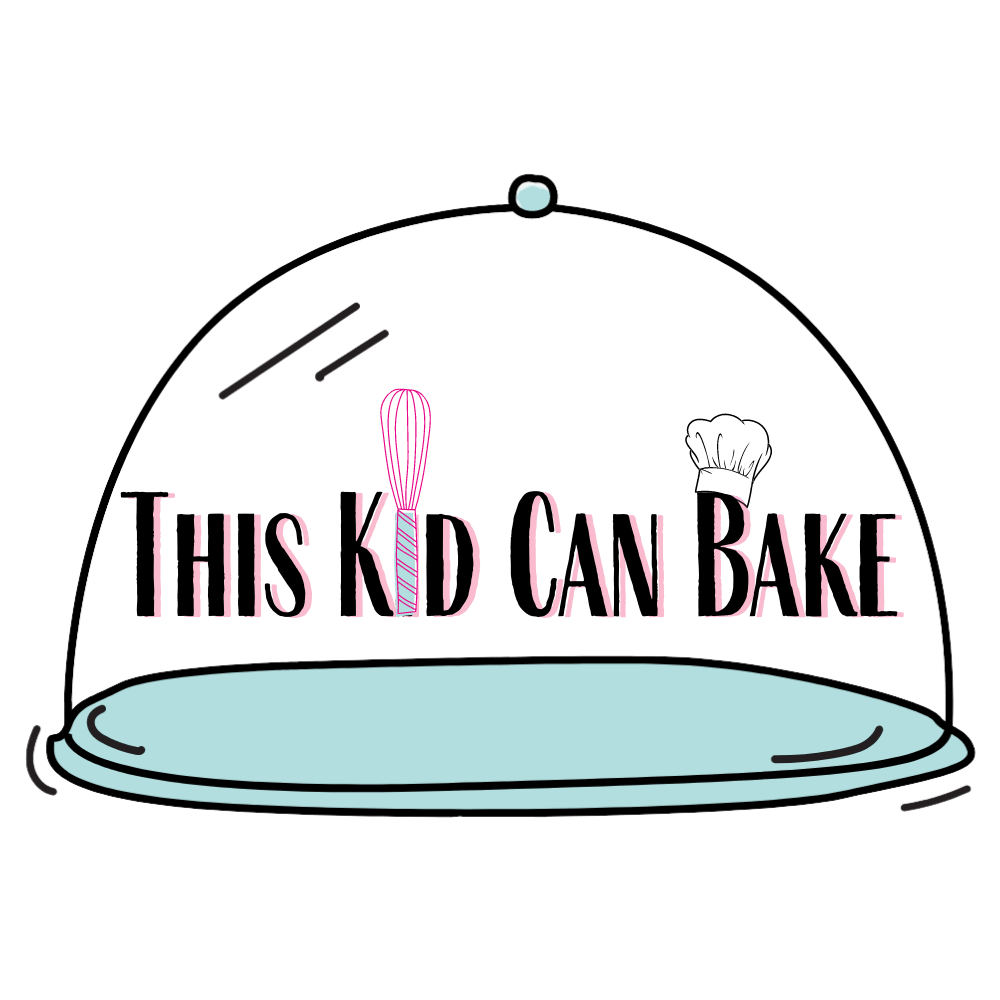

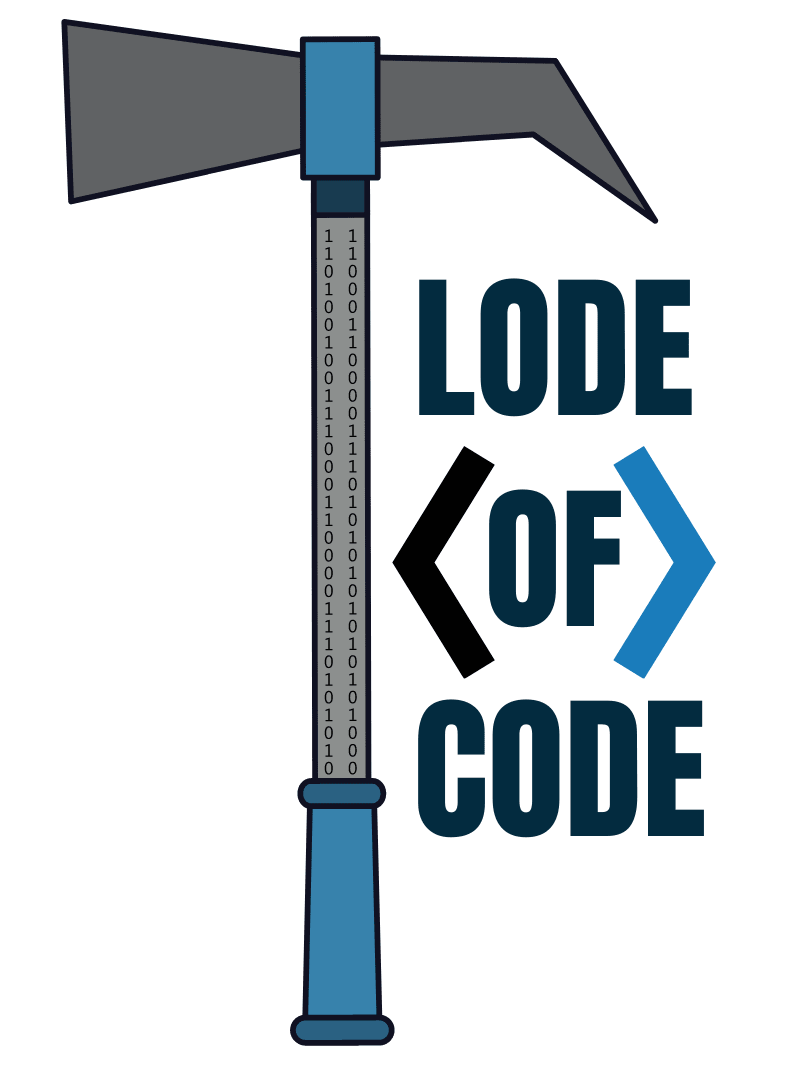
Julie
Saturday 6th of October 2018
This penny activity is sich a classic and I love how you described the different terms and suggested ways to bring all the components of STEAM into it